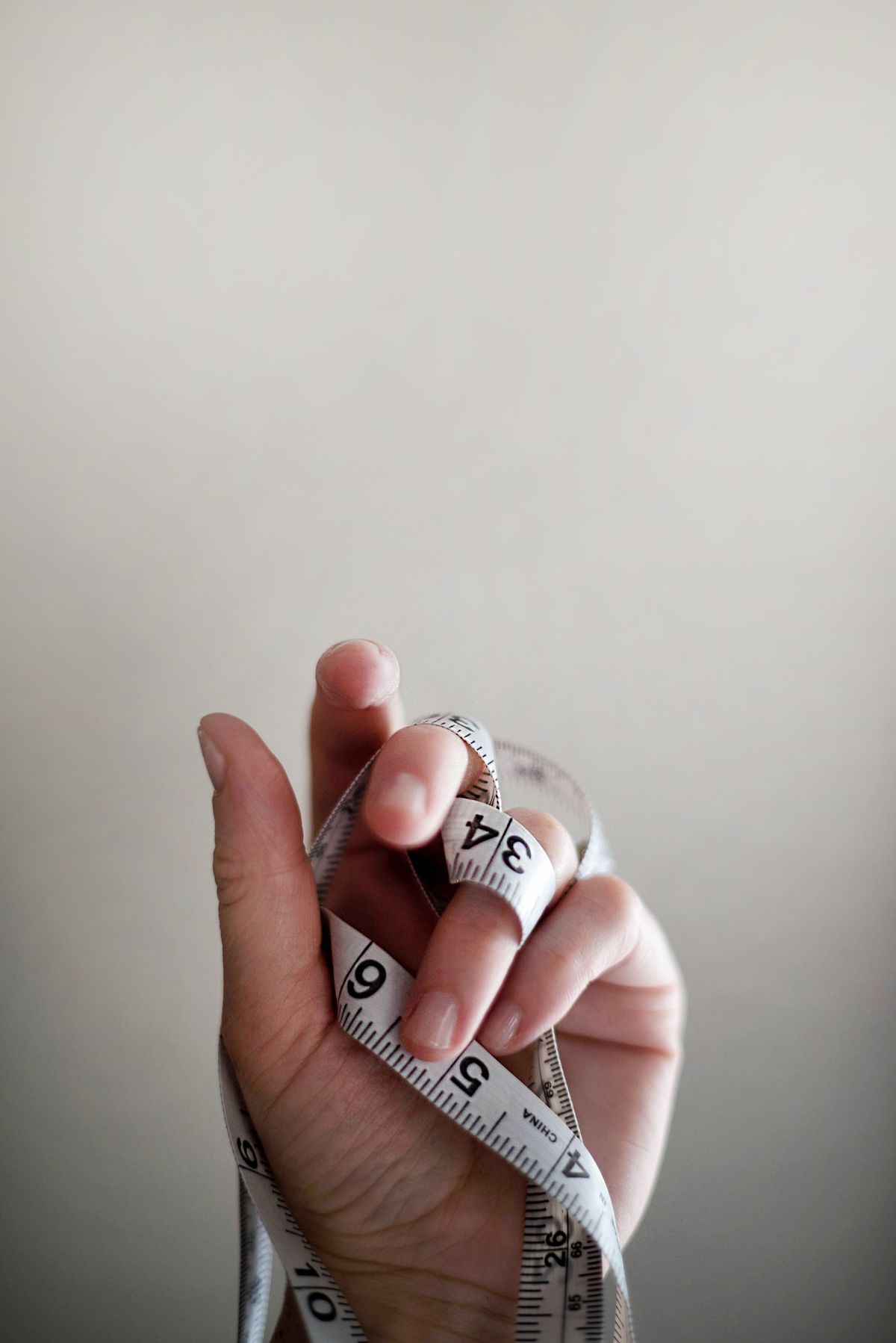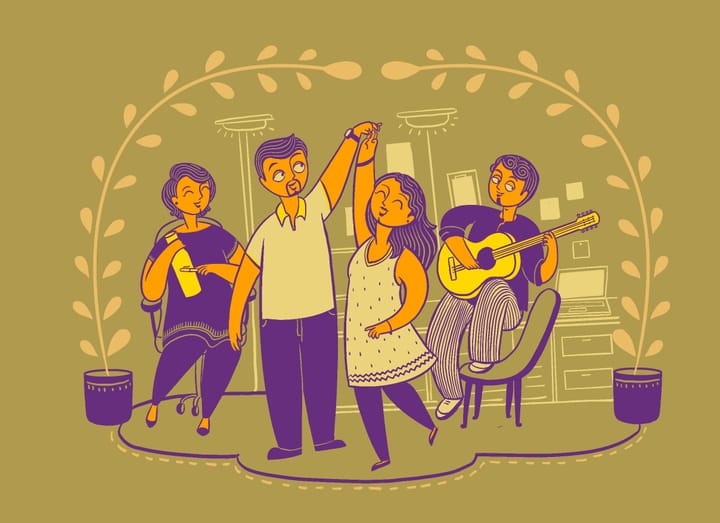How to Help Your Adolescent Child Develop a Positive Body Image
How to create a positive body image

By White Swan Foundation with the help of Dr Paulomi Sudhir
How we see ourselves and how we feel about our body constitutes body image. It becomes an important component of how we define ourselves and has an effect on our self-worth and self-confidence. Those who are satisfied with how they look and are confident in their self-worth, have a positive body image. On the other hand, those who are dissatisfied with how they look or believe that they need to change the way they look and feel, have a negative body image.
When does it become an issue?
Not all of us are completely satisfied with the way we look and feel about ourselves. Most of us want to change something or the other about the way we look. But for some, this dissatisfaction becomes a persistent worry; they are unable to focus on their other responsibilities - studies, career or their daily routine. It is then considered a body image issue.Body image issues affect both boys and girls - but in different ways. Women may want to look young and slim, whereas men may want to look muscular and masculine.
Body image and adolescents
Adolescents are in the process of identifying and understanding themselves and the world around them. They are also in the process of creating an identity for themselves and understanding their changing bodies. There are several factors that influence how an adolescent regards his or her body: family environment, television and movies, advertising and existing fashion trends are some of them.
Today, social media also plays a critical role with adolescents seeking validation from their friends through 'likes' for their photos.
Some experiences that can lead to an adolescent developing a negative body image include:
- Teasing and negative comments from family members about their body, such as dappa (fat in Kannada) or tingu (short in Hindi)
- Being bullied at school or college for their body size or shape
- Having a body that is different from the 'ídeal' body that they see in the media
- Having a perfectionist attitude
- Having low self-esteem or self confidence
- Peer group dynamics and peer pressure to look perfect and 'fit-in'
Adolescents with poor body image may become very moody and avoid social situations because they assume that they are not 'fit' to appear in public. Prolonged thoughts about poor body image can adversely affect a person's daily life and lead to mental health issues such as depression or anxiety, or in extreme cases, eating disorders or body dysmorphic disorder.
Signs of poor body image
As a parent, you can look out for signs that your child may be suffering from poor body image. They are:
- Always looking at their image or 'imperfections' in the mirror
- Avoiding social situations
- Obsessed with counting calories, taking up crash diets
- Seeking reassurance for their looks repeatedly from others
- Talking negatively about their body, such as 'I feel ugly', 'I wish I had a better body' etc
- Talking about seeking a cosmetic surgeon for cosmetic changes
- Obsessed with going to the gym or completely ignoring their obesity
Experts say that sometimes children may be aping the adults' behavior. If the parents are constantly conscious of what they eat at home and are perfectionists about the way they look, children can model their behavior. Therefore, parents need to be careful about how they communicate about physical body and looks, directly and indirectly.
Here are some ways parents can help children develop a positive body image:
- Avoid comparison with other children - especially about their looks
- Avoid comparison and name calling with siblings, cousins
- Appreciate the child for other qualities such as their kindness, helpful nature or their talents
- Communicate with other family members to stop commenting on body image
- Make healthy eating and physical activity part of family routine
Parents need to talk to their children about the changes in body during adolescence and reassure them that they can speak to them about their concerns regarding their physical changes.
References:
http://raisingchildren.net.au/articles/body_image.html/context/1064#do
This article has been republished with permission from the Life Stages Adolescence section of the White Swan Foundation's website.



